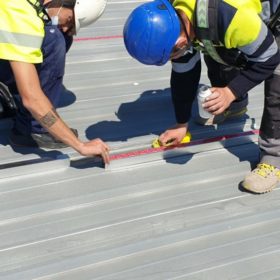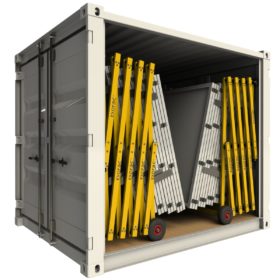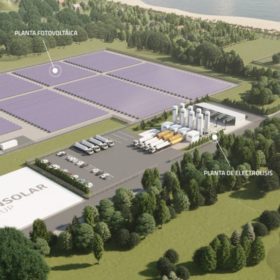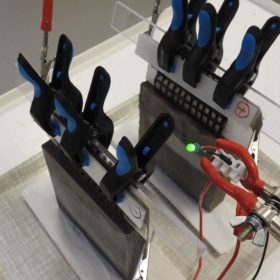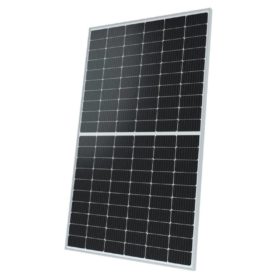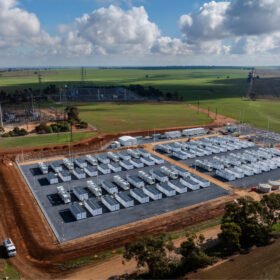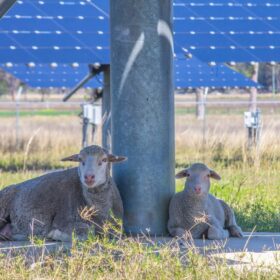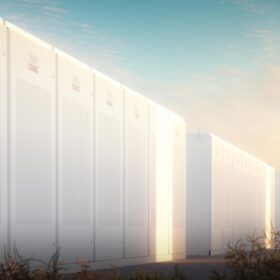Saturday read: Manufacturing meets big data
As PV manufacturing lines continue to get larger, keeping track of the measurement data that’s vital for quality and process control becomes an ever more herculean task. Flashing equipment supplier h.a.l.m. has developed a software solution that keeps all of this data in one place and provides operators with a real-time view of production line performance and quality. pv magazine caught up with Managing Director Michael Meixner to discuss the latest on big data in PV manufacturing.
Nano-micro-scale cooler for solar modules
The proposed technique is based on radiative cooling and consists of a glass coating made with a two-dimensional subwavelength nanostructured grating, which is imprinted in soda-lime glass and has enhanced mid-infrared emissivity, and a micro-structured grating. The temperature decrease provided by the nano-micro-grating coating was found to be approximately up to 5.8 degrees Celsius.
Adhesive mounting system for any kind of solar modules
The system, developed by Spanish specialist Alusín Solar, is being tested by Endesa in a 9.8 MW project for self-consumption. The mounting structure is made with aluminium bars that, instead of being fixed to the roof with screws, are attached through a double-sided adhesive.
Simple trick to protect PV systems from pigeons
A German PV system owner has developed a simple solution intended at preventing the birds from nesting under the modules.
Containerised, retractable PV system for quick deployment
A Swiss start-up has created a containerised movable PV system that is designed to be easily relocated to allow the use of solar energy in locations where a fixed installation is not an option. The solution is based on a racking technology which can include two racks able to host up to 30 solar panels.
Fronius launches new inverter for large-scale PV plants
The 50 kW version of the new inverter features an efficiency of 98.6% and a European efficiency of 98.1%. It can be deployed with a decentralised approach, next to the PV modules, or centralised, at the grid connection point.
Hydrogen to be produced from seawater in Spanish solar-plus-storage plant
Spanish PV project developer Gransolar is planning to build a large-scale green hydrogen production plant in the Port of Almería, in southern Spain.
Concrete battery for applications in buildings, rooftop PV
A prototype of a cement-based battery has been developed in Sweden for potential applications in buildings. Its creators claim it could become a solution to store electricity from rooftop PV and they do not exclude that it could also be used for the storage of large-scale renewables.
Q Cells announces n-type module with passivating contacts
Production on the new module, called Q.Tron, is expected to begin this year. The product is described as an evolution of the company’s Q.antum cell technology.
Solarwatt unveils two bifacial glass-glass panels with half-cell design
The most powerful of the two products has a power output of up to 380 W and an efficiency of 20.4%. For both panels, the temperature coefficient is -0.37%. The German manufacturer said the modules are produced at its manufacturing facility in Dresden.


